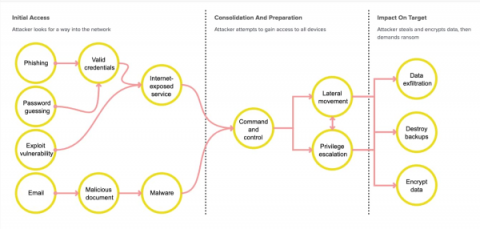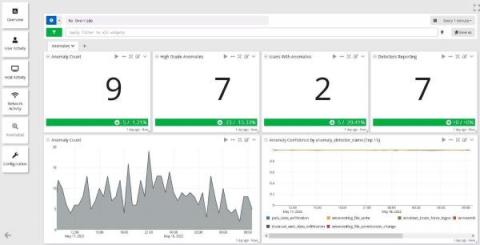Security | Threat Detection | Cyberattacks | DevSecOps | Compliance
Logging
AppLocker Rules as Defense Evasion: Complete Analysis
Microsoft continues to develop, update and improve features to monitor and prevent the execution of malicious code on the Windows opearting system. One of these features is AppLocker. This feature advances the functionality of software restriction policies and enables administrators to create rules to allow or deny applications from running based on their unique identities (e.g., files) and to specify which users or groups can run those applications.
Announcing: Code-free API log collection and parser creation
AT&T Cybersecurity is pleased to announce a code-free way for our USM Anywhere customers to make their own API-driven log collectors and custom parsers. This big advancement in threat detection and response technology will make it possible for customers to collect information from a much larger variety of sources and SaaS services without having to request new integrations or log parsers.
Introducing the Ransomware Content Browser
Splunk SURGe recently released a whitepaper, blog and video that outline the encryption speeds of 10 different ransomware families. The outcome of this research was that it is unlikely that a defender will be able to do anything once the encryption has started. Ransomware today is also mostly “human-operated” where many systems are sought out and compromised before any encryption activities occur and, once they do, the encryption is just too fast to meaningfully affect the damage done.
Coffee Talk with SURGe: Signal Numbers Exposed, FTC Data Privacy Rules, Conti Ransomware, E2EE
Coffee Talk with SURGe: 2022-AUG-10 Live from Black Hat:
Using Threat Intelligence To Advance Your Security Posture
People often ask me, “What’s the purpose of cybersecurity?” I tell them that it serves to protect the valuable, intangible data assets of firms or private individuals, usually by trying to shrink the attack surface. One way to achieve cybersecurity is to utilize threat intelligence research in your firm’s security plan. In this article, I will discuss the benefits of understanding and implementing a threat intelligence program.
Graylog Security Anomaly Detection: Metrics Ease the Workload
Cyberattacks in 2022: Beware These 5 Attack Types
Cyberattacks are constantly changing. That you know. But how are they changing? And which types of threats are the most prominent today? Those are the real questions you need to answer to stay ahead of modern security risks. Keep reading for a primer on the most prevalent types of cyber security threats in 2022, along with insights on how to build a defense strategy against them. (For a comprehensive view, check out our cybersecurity threats explainer.)
Splunk Announces Participation in the Open Cybersecurity Schema Framework (OCSF) Project
There’s a myth from antiquity known as the Tower of Babel, where people were working together to build a tower to the heavens, only to lose the ability to communicate with one another via divine intervention. Essentially, the groups began speaking their own languages and were unable to complete the tower. So, why are we talking about myths in a cybersecurity blog?











